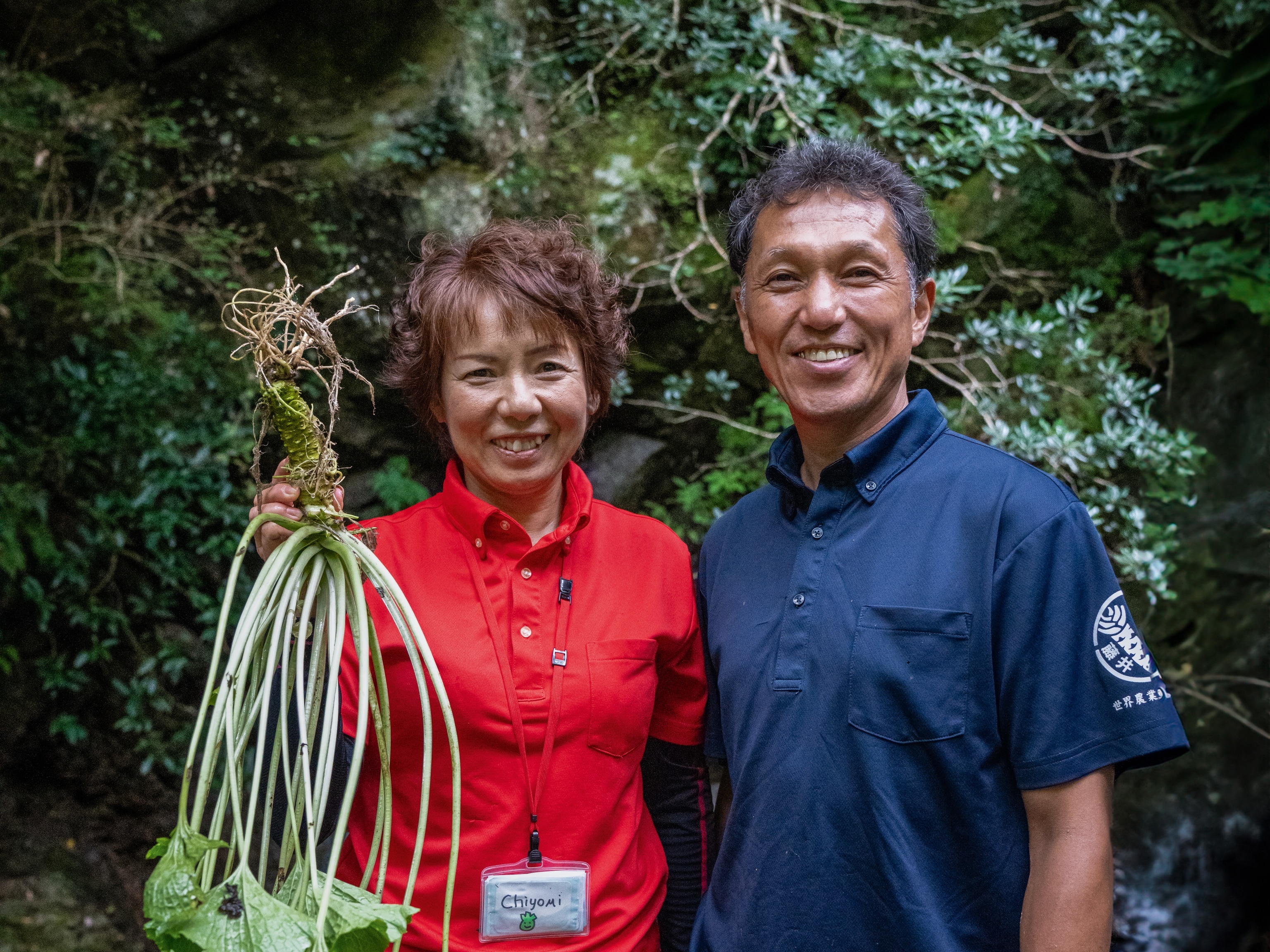
Meet the maker: the producers putting Lebanese olive oil on the map
Ghassan Maalouf and Rayan Kassis are on a mission to spread the word about Lebanese olive oil.
3 Oct 2021, 06:04 BST — In the foothills of snow-capped Mount Hermon in south Lebanon, Ghassan Maalouf and Rayan Kassis are labelling bottles of olive oil ready for shipment. It’s common for Lebanese families to make olive oil from their own orchards, and Rayan, who spends a third of the year at his family home in Lebanon, would do the same every autumn, bringing bottles back to the UK, where he lives the remainder of the time. After years of seeing Spanish, Italian and Greek olive oils dominate the market, he “found it absurd that nobody in Europe knew about Lebanese olive oil”. And with that, in 2019, Haramoun was born.
Rayan and Ghassan work together to create their organic extra virgin olive oil using native souri and baladi olives. Rayan and his wife, Kate, are the logistical cogs of the brand. Ghassan, meanwhile, is a farmer and agricultural specialist who comes from a long line of olive oil producers. Their small estate is in the village of Rachaya Al Foukhar, surrounded by pine, olive groves and oak trees and, while it has a difficult history — this once conflict-ridden area sits at the crossroads of Lebanon, Syria and Israel — Rayan prefers to talk about its “outstanding natural beauty”. And the entire process happens right here.
(The Bitter Truth About Olives)
Ghassan spends most of his time working in the fields, meticulously examining the trees for bugs that might ruin or reduce the quality of the olives. Then, during harvest, he picks and presses them, which can take anywhere from three weeks to two months.
“This is the way our parents would treat the land. They rarely used any pesticides, fertilisers or herbicides, and we decided to continue with that,” Ghassan says.
The end product is an extra virgin olive oil that’s low in acidity and peroxide — and simultaneously fruity, bitter and warm. When asked what makes the area so well suited to olive farming, Ghassan credits its biodiversity.
Haramoun produces between 4,000 and 7,000 bottles a year, and channels 10% of its revenue into Impact Lebanon, a charity that supports families affected by the Beirut blast of August 2020. The business might still be relatively small-scale, but the team behind Haramoun has two main goals: to bring Lebanese olive oil to tables around the world, and to preserve and champion the land in which it grows.
How to use it
Tabbouleh
Parsley and bulgur wheat are the star ingredients of this Levantine salad, but it wouldn’t be complete without a good drizzle of extra virgin olive oil.
Labneh
This thick, salty yoghurt is often eaten for breakfast, either as a spread or a dip. It goes hand in hand with lashings of olive oil and sometimes a touch of lemon juice for extra tanginess.
Za’atar
The classic thyme-rich herb mix is often combined with olive oil to season meat or seafood. It can also be drizzled over flatbread or added to labneh.
Published in Issue 13 (Autumn 2021) of National Geographic Traveller Food
Follow us on social media
Facebook | Twitter | Instagram




